Expert tips for breastfeeding in hot weather
Time to try the rugby hold?
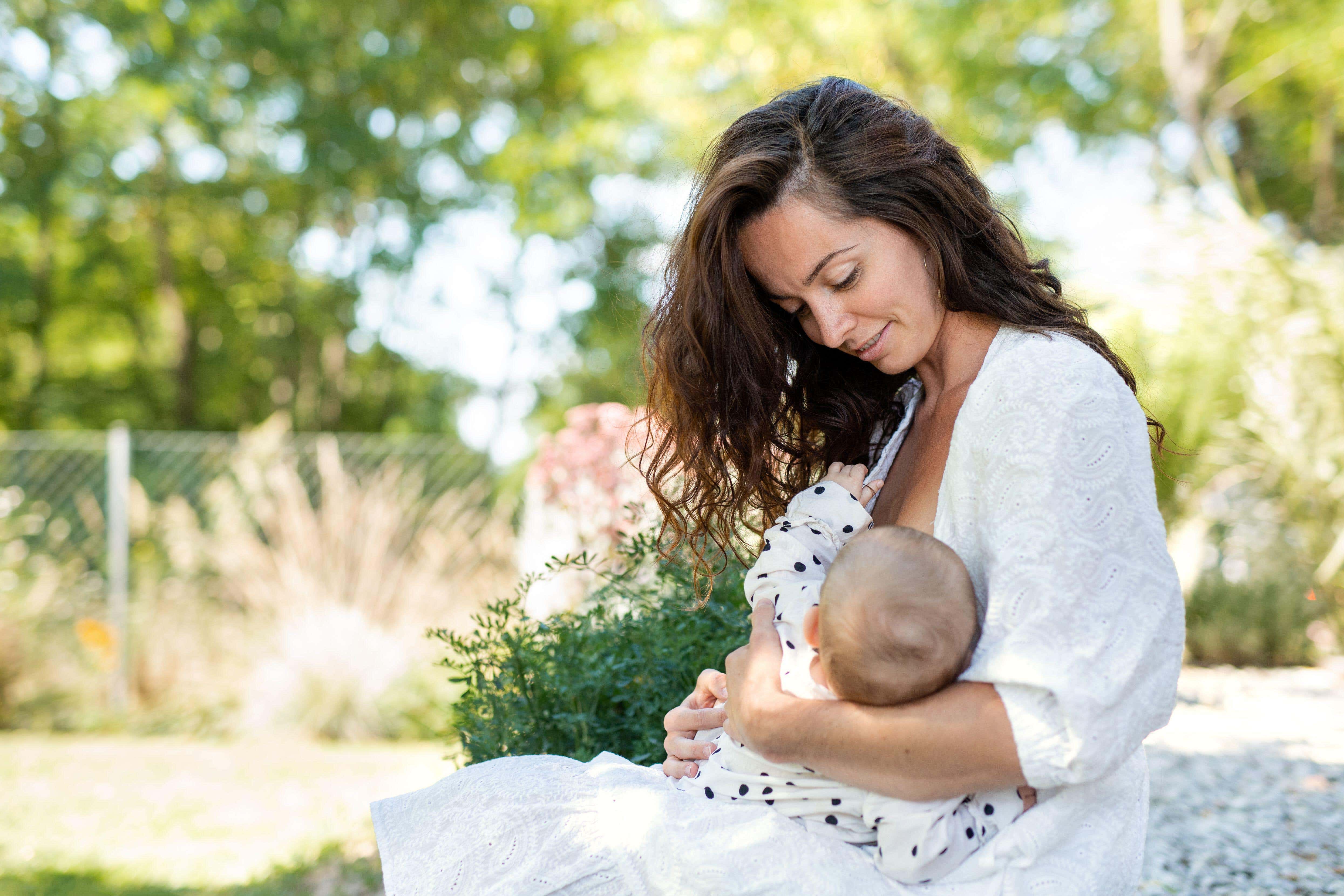
Breastfeeding in public can be difficult at the best of times, but it can be even more challenging on a muggy day when sun cream and sweat enter the mix.
As the weather begins to heat up, the humidity is likely to make feeding more awkward and disrupt your baby’s sleeping patterns.
We have put together some useful advice about breastfeeding in the hot weather to kick off World Breastfeeding Week which starts today (August 1).
1. Wear loose-fitting clothing
Linen trousers and waistcoats are having a moment in the fashion world, plus the lightweight material will also keep you cool while breastfeeding.
“Stick to light cotton clothing,” recommends Dr Sharon Silberstein, breast pump brand Fraupow’s expert breastfeeding doctor. “Accessible, cotton or linen, loose-fitting clothes in light colours work well – wear as little layers as possible.”
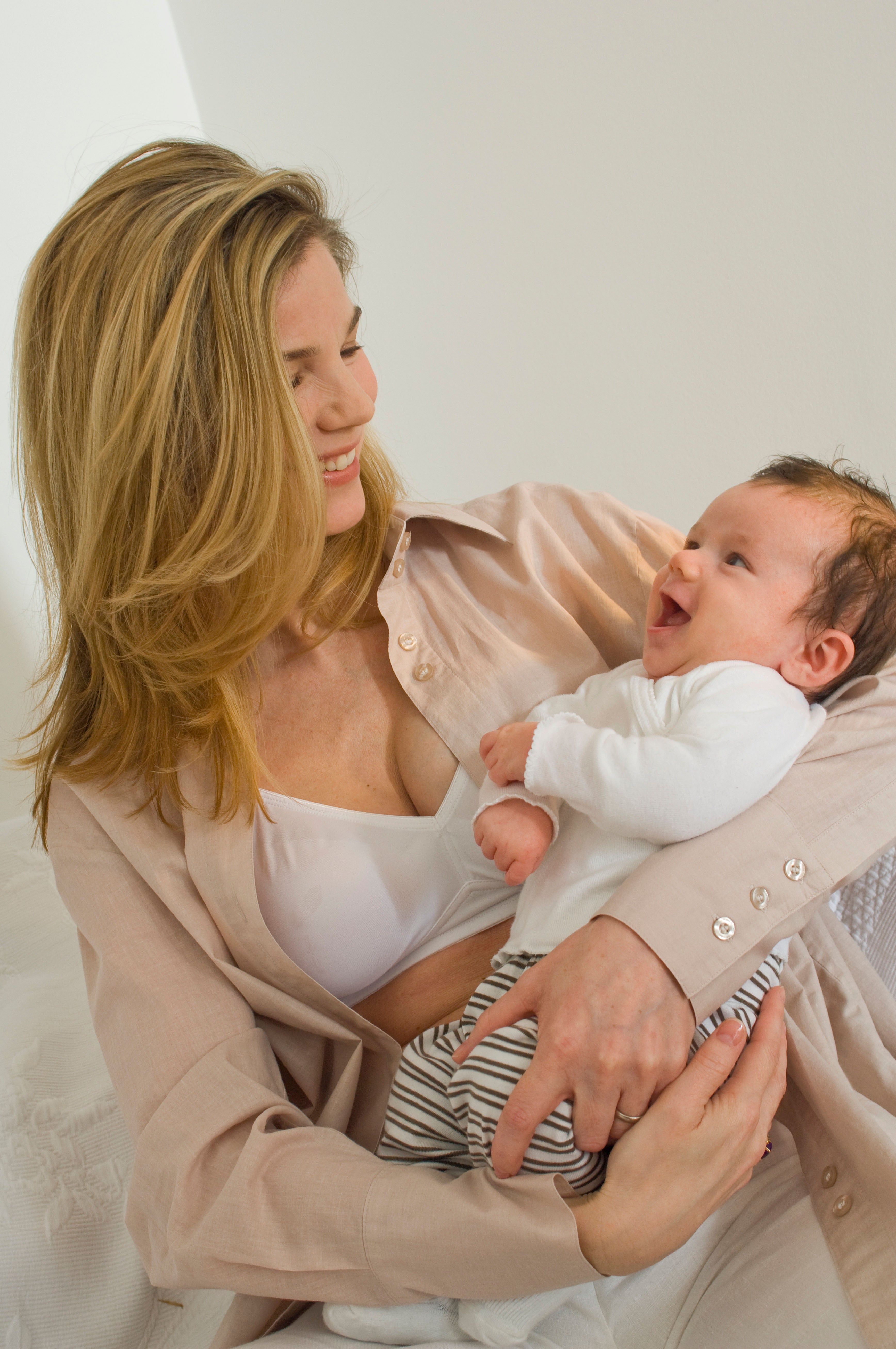
Breastfeeding specialist Crystal Miles, founder of Connected Babies, adds: “If you normally use a breastfeeding cover, this may make you and your baby feel extra hot, consider swapping it for a light pashmina or muslin instead.”
2. Try the rugby hold
“Breastfeeding can be a sticky business, so positions that avoid too much body contact can help you to feel more comfortable,” says Miles. “The rugby hold, where you support your baby’s head and shoulders and have their body to your side rather than across you, or a lying-down feeding position, can help keep things cool.”
3. Keep cool
“Try placing a muslin cloth between the two of you,” recommends Miles. “You could keep one in the fridge so it’s nice and cool, or even splash a little cold water on it first.”
Keeping a spray bottle of water within arm’s reach during hot, sweaty days could also help you feel refreshed.
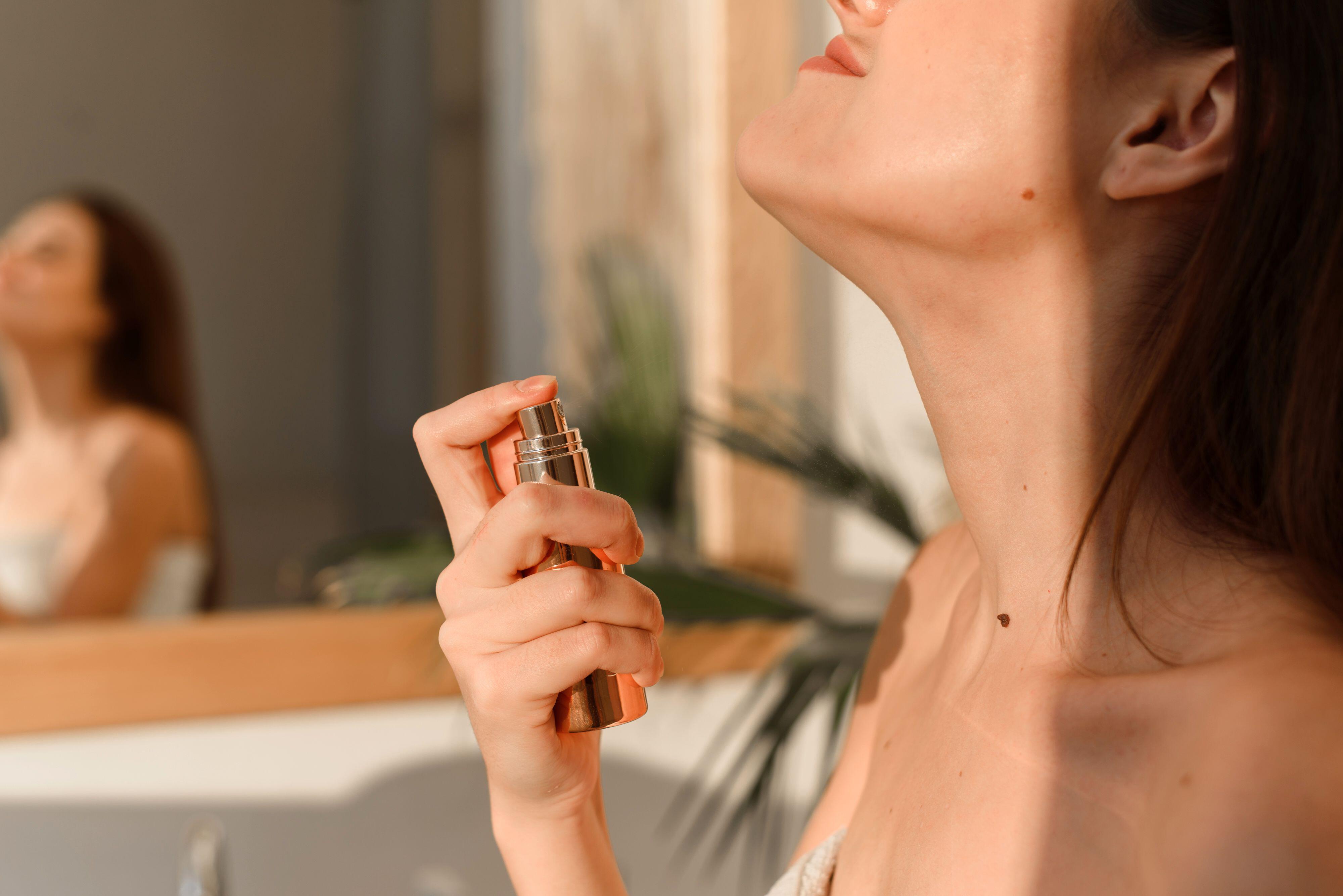
“Use a small spritz/spray bottle with cold or frozen water to spray a mist on yourself to cool down, or to spray your muslin cloth,” adds Miles.
4. Aim for a room temperature
Creating the right temperature at home for your baby is key.
“You can keep your rooms cool by keeping curtains drawn and waiting until cooler temperatures to open the windows,” says Miles. “Use fans to keep the air circulating but avoid having a fan directly on your baby as this can make them too cold.”Silberstein adds: “Aim for a room temperature of 20-22C°C , not lower.”
5. Find a shady spot
“Babies under six months of age have thin, delicate skin so they should always be kept out of direct sunlight, and you should try to find shade to breastfeed in,” says Clare Byam-Cook, in-house breastfeeding specialist at MAM UK.
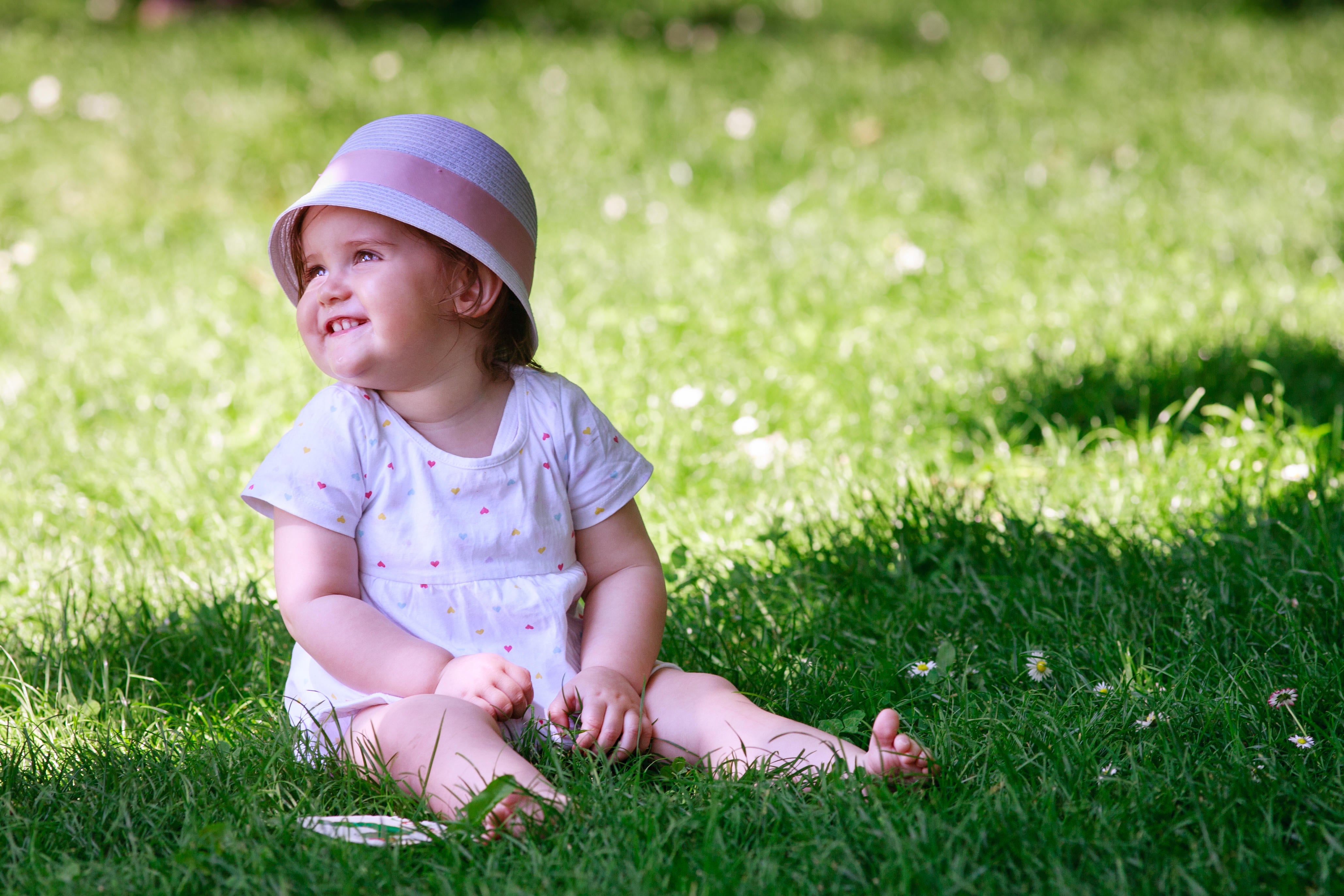
“However, there will of course be times when this isn’t possible and so it is important to ensure that your baby is wearing sunscreen or covered by a muslin cloth for immediate shade.”
Miles adds: “It’s also important to never cover a pram with a blanket for shade if you lay them down after a feed or they have a sleep,” she adds. “Ensure there is good airflow.”
6. Stay hydrated
“Drink a large glass of water every time you sit down to breastfeed/pump,” recommends Silberstein. “It is recommended to drink between 2.5-3 litres a day, but because breastfeeding typically causes more thirst maybe even more.“Drinking little and often throughout the day is better than drinking large amounts in one go.”
7. Check their nappies
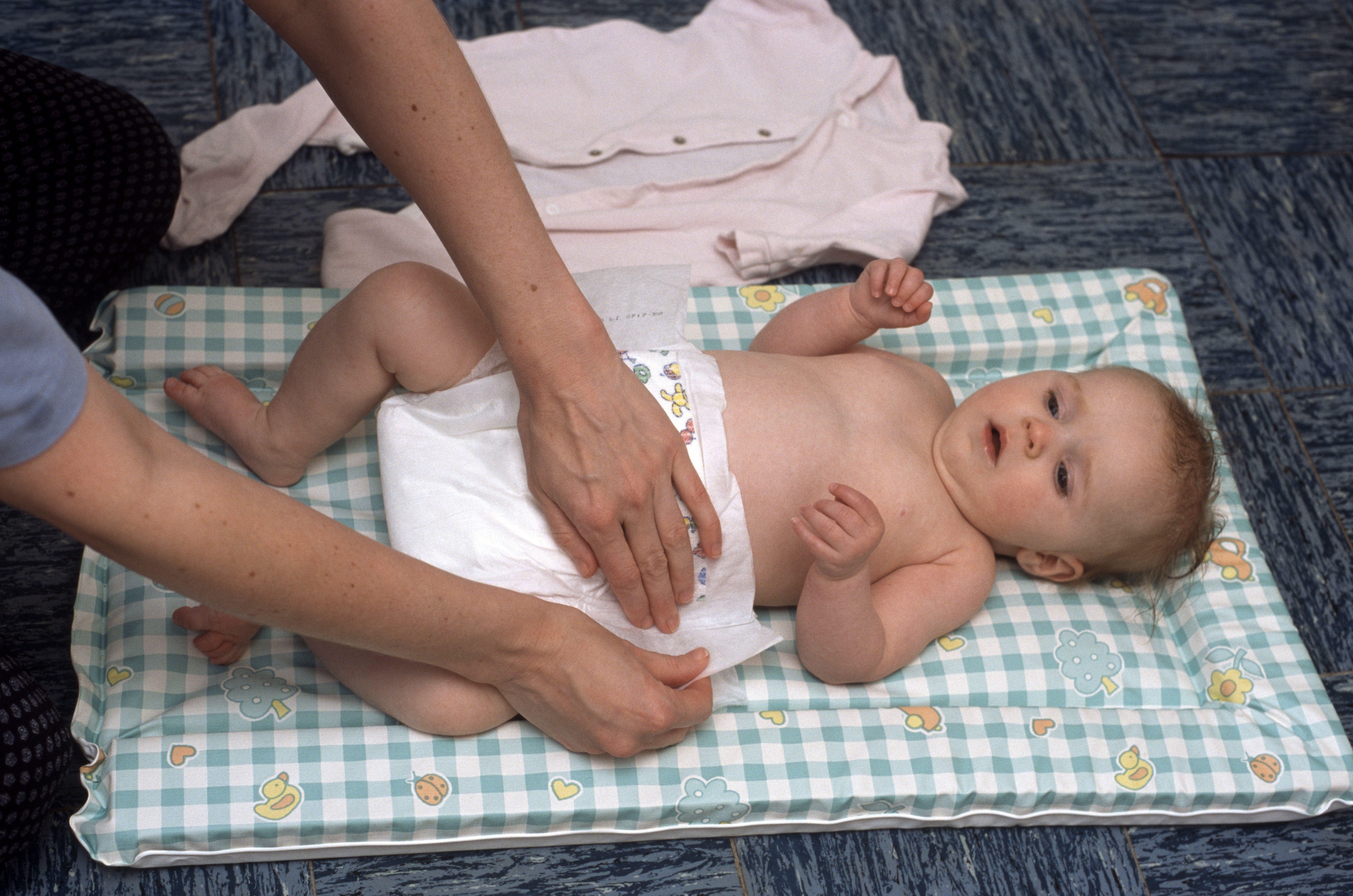
“I recommend checking your baby’s nappy as much as you can to check whether they are hydrated or not,” says Byam-Cook. “Dry nappies are a sign of dehydration, and so are dry and hard faeces.
“If this is the case, then you should feed your baby as soon as you can to ensure that their hydration levels rise.
“Keep younger babies hydrated by giving extra formula or breastfeeding more frequently. During warmer weather babies may need to drink more than usual.
8. Keep your milk in a cool box when outdoors
“When transporting breast milk make sure you have a cooling bag and ice packs with you to prolong the safe storage,” recommends Silberstein.
9. Wake them up for feeds
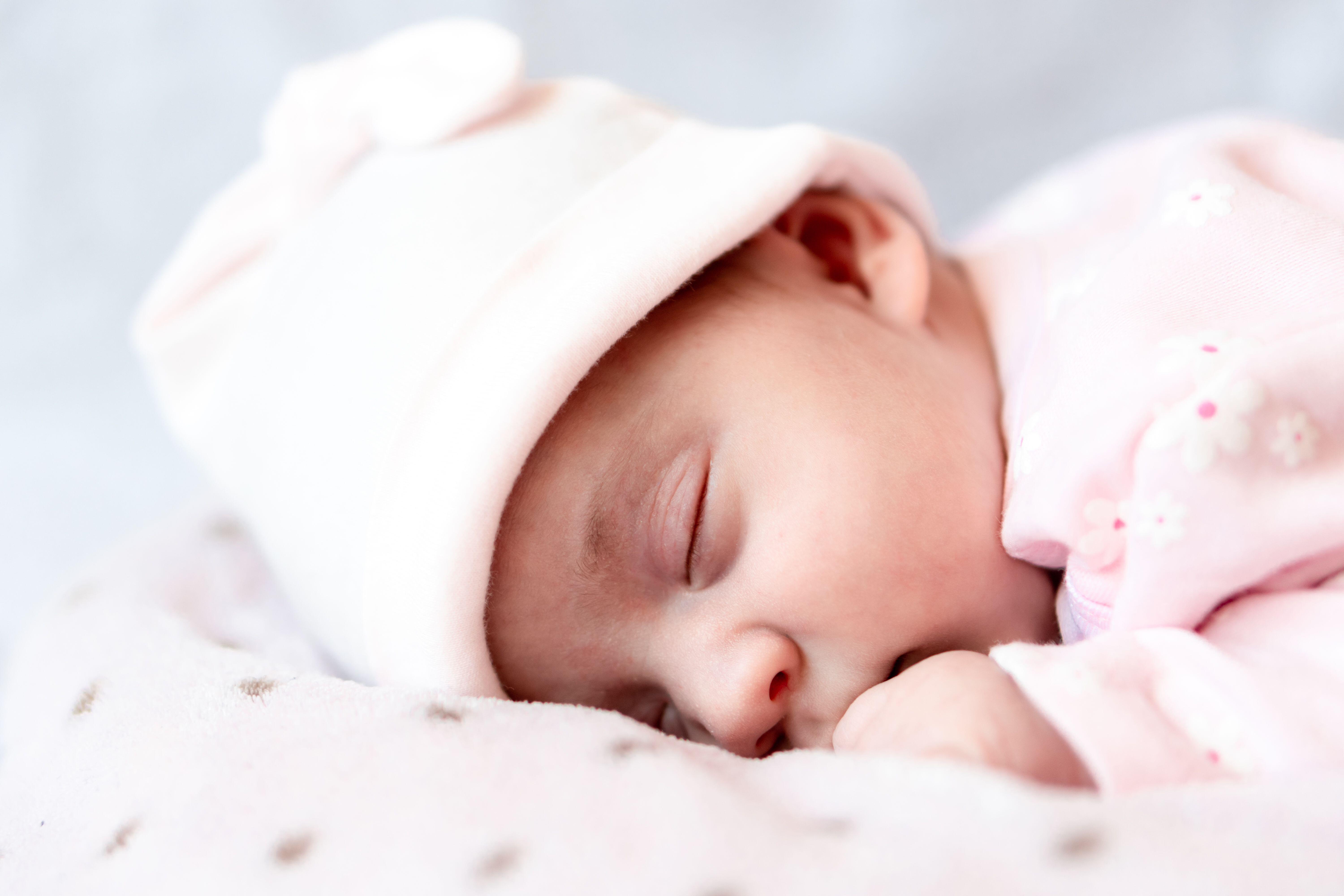
“When it’s very hot, you may need to wake your baby for extra feeds to make sure that they get enough fluids, especially if it has been a few hours since their last feed,” says Byam-Cook. “If they have just been fed, then it is generally okay to let them sleep and have a nap – just try to be super-aware of when their last feed was and if you feel that they need to be woken up.”
10. Get a paddling pool for the garden
“Try sitting in the shade with your legs in a bowl of cold water or fill up a small paddling pool and dangle your legs in while feeding under an umbrella,” says Silberstein.